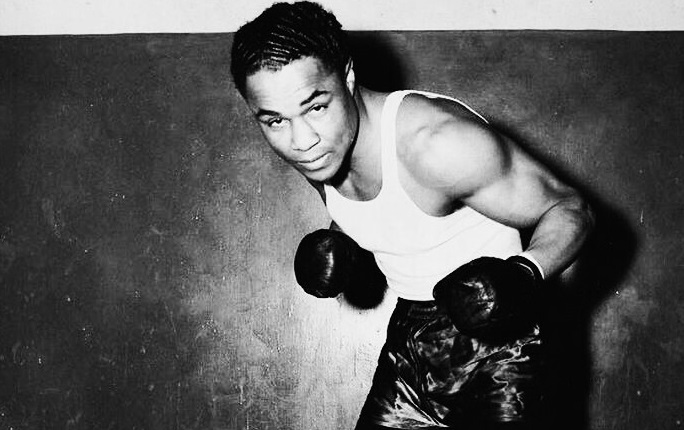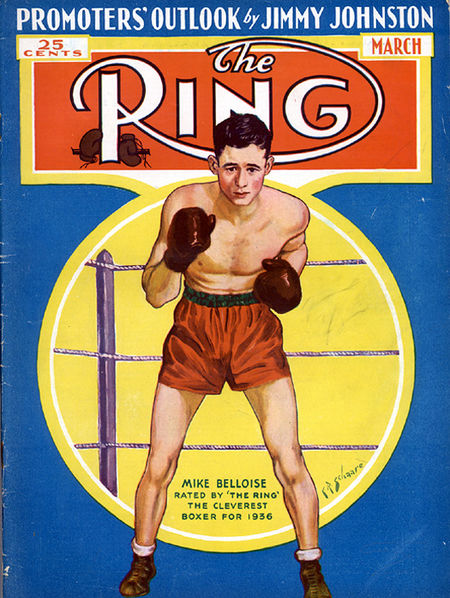Top 12 Greatest Henry Armstrong Performances
Anyone with even the most perfunctory education in the long history of prizefighting knows enough not to question the status of one Henry Melody Jackson, aka Henry Armstrong. The man is a genuine legend and any ranking of the all-time greatest ring warriors, pound-for-pound, must, if it’s to be taken seriously, have his name near the very top. In one of the sport’s most competitive eras, Armstrong was a phenomenon, a force of nature, and, for a time, undisputed king of the featherweight, lightweight and welterweight divisions simultaneously, a feat never to be duplicated.
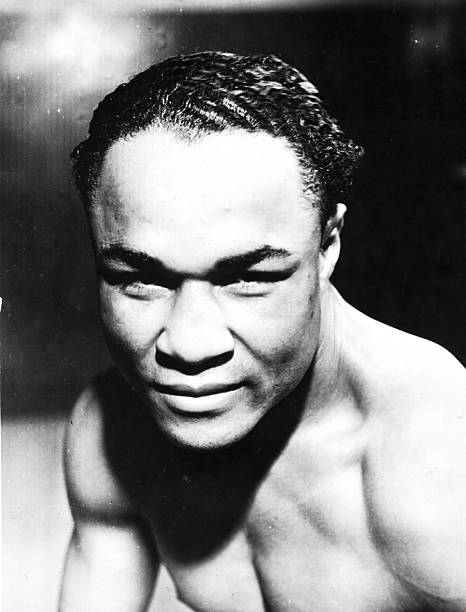
In a span of less than fifteen years, Armstrong racked up over a hundred knockouts in 151 wins, in the process defeating a long list of Hall of Famers. Which begs the question: what were the greatest performances in the prolific career of “Hurricane Hank”? Leave it to Kenneth Bridgham, author of the new biography on Armstrong, to answer that question as here he ranks the all-time best victories by one of the finest ring warriors to ever step through the ropes. Check it out:
12. Sammy Angott, W10, June 11, 1943: Against “Hurricane Henry,” not even “The Clutch” could be boring. The pair of ex-champions fought a scintillating 15 round round brawl that could have happened “in a jeep’s rumble seat,” as The New York Daily News put it. Though Angott was the betting favorite going in, an over-the-hill Armstrong scored a unanimous decision upset in front of 13 000 stunned fans at New York’s Madison Square Garden.
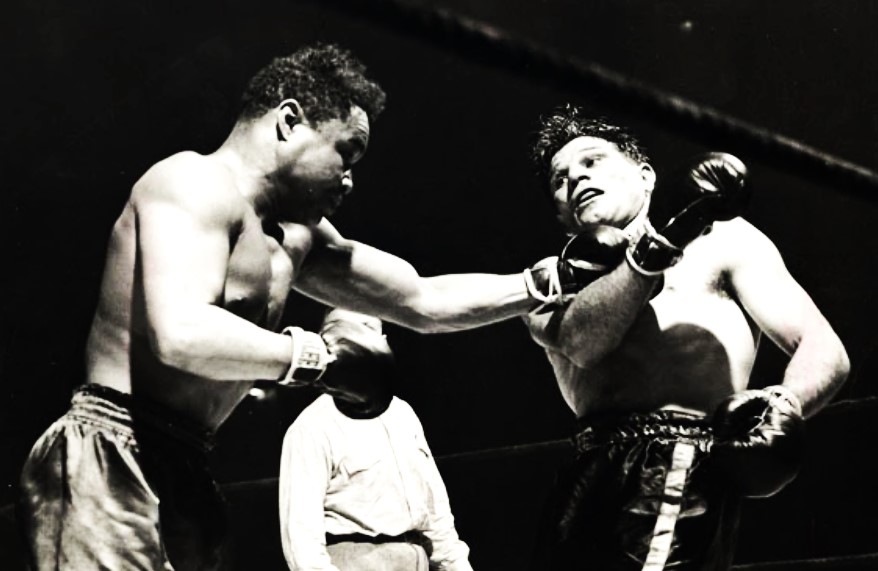
11. Fritzie Zivic, W10, December 4, 1942: Bad eyes and scar tissue contributed to Armstrong’s back-to-back losses to Zivic in 1940 and cost him his welterweight championship. Following corrective surgery to remove the scarring, Armstrong was able to walk through headbutts and low blows to wear Zivic down and win a unanimous decision in the San Francisco Civic Auditorium as Max Baer, Maxie Rosenbloom, John Henry Lewis, Eddie Booker, and Lloyd Marshall looked on. “Zivic was just nasty!” Henry would later tell Bill Libby of Boxing Illustrated.
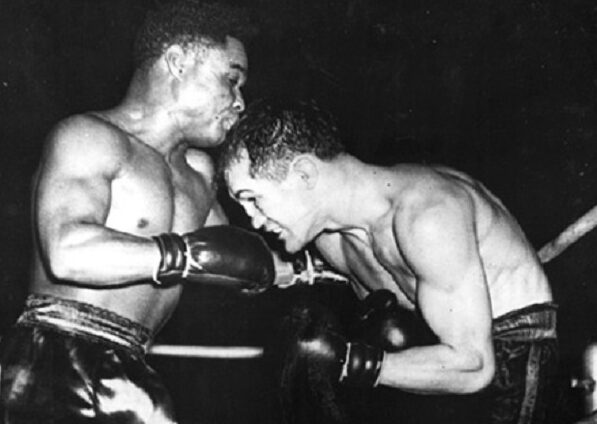
10. Pedro Montanez, TKO 9, January 24, 1940: Hard-hitting Puerto Rican legend and future Hall of Famer Montanez was the fourteenth man to challenge Armstrong for the welterweight championship, and the second in that month of January alone. Many in the Madison Square Garden crowd thought he might be the man to dethrone the champ, but Armstrong overcame the feared puncher with his exhaustive work rate, dropping his challenger three times before the referee mercifully stopped the slaughter in the ninth round.
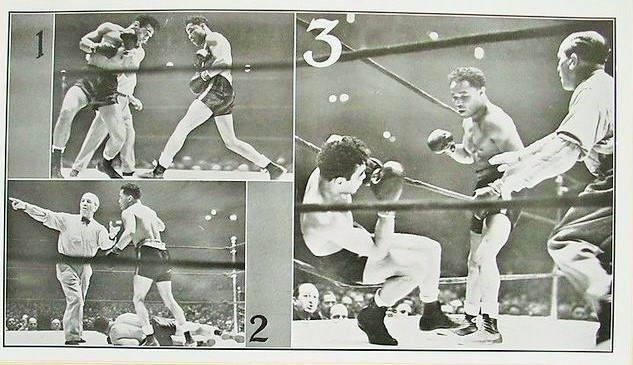
9. Lou Ambers, L 15, August 22, 1939: Armstrong may have lost his lightweight championship back to Ambers in this famously violent Madison Square Garden rematch, but it was hardly a popular result. As bitterly fought as their legendary first encounter, Armstrong vs Ambers II featured dirty tactics from both fighters, but referee Arthur Donovan saw fit to take five rounds from Armstrong due to debatable low blow calls. Even with those rounds taken away, fourteen out of twenty-seven sportswriters polled felt Armstrong had deserved the win. Later that year, Donovan faced accusations of prejudice before the state commission.
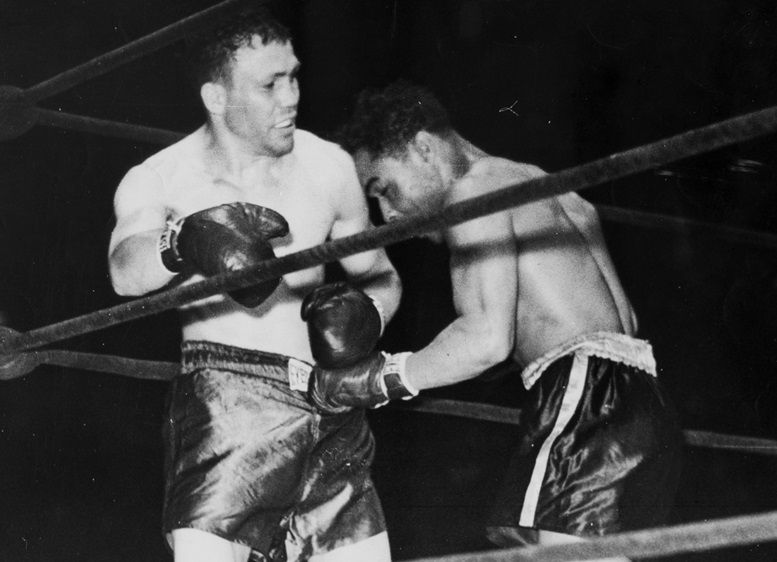
8. Ceferino Garcia, W 15, November 25, 1938: As difficult as it is to ponder, at a time when Joe Louis was in his prime, there were those who considered the rugged Filipino Garcia “the most murderous hitter in the game.” The prior year, he had given the stellar Barney Ross hell in a bid for the welterweight title and had since won ten straight as a middleweight. Despite giving up over twelve pounds, Armstrong endured Garcia’s infamous “bolo” uppercuts for fifteen rounds to emerge the unanimous victor at Madison Square Garden and successfully defend his welterweight belt for the first time.
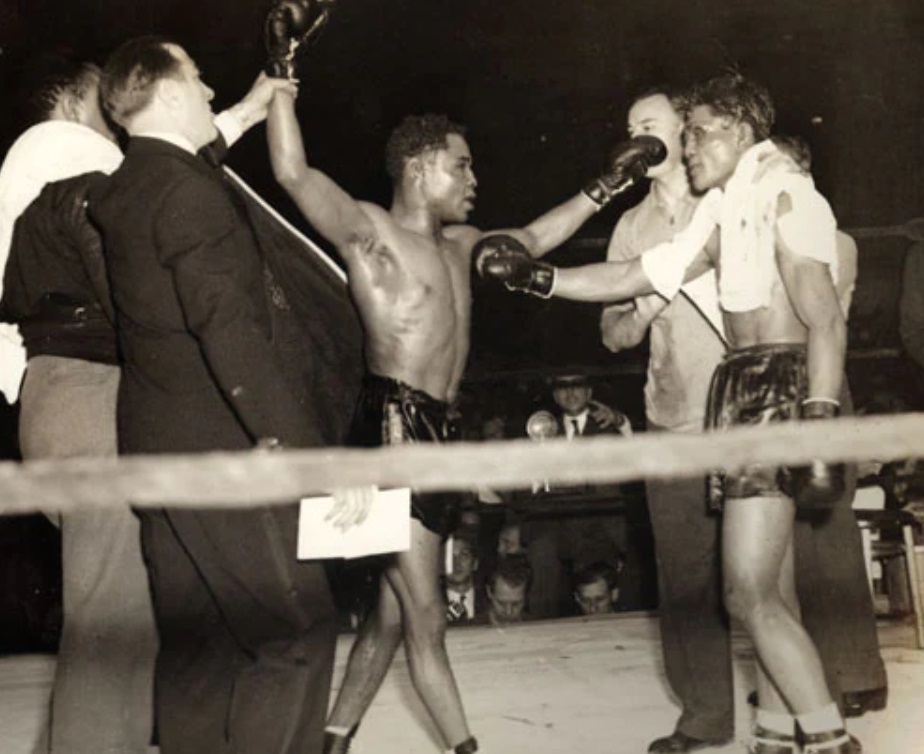
7. Mike Belloise, KO 4, March 13, 1937: Mike “The Brooklyn Spider” Belloise was a crafty switch-hitter out of the Bronx and the featherweight champion of New York state. The prior year, The Ring dubbed him the cleverest fighter in the sport and put him on the cover of their March 1937 issue, and while Armstrong had beaten him by decision five months earlier, the decision had been unpopular.
Their non-title rematch was Armstrong’s debut in both New York City and the Garden, an important test for any fighter, his coming out party, but some writers had their suspicions. Those critics left the Garden astonished by what they witnessed. This time, Armstrong left no doubts about his being the better man or his credentials as a fighter. He flattened Belloise with a left hook at the end of the fourth round and the Brooklyn fighter’s cornermen could not revive him. “Henry Armstrong, an ebony tempest from out of the West… swept Mike Belloise off the landscape,” reported The Daily News the next day. New York had itself an exciting new boxing star.
6. Ceferino Garcia, D 15, March 1, 1940: Armstrong’s second fight with Garcia saw him challenge for a record fourth division championship at a time when there were only eight universally recognized weight divisions in the sport. Garcia was the lineal middleweight champion of the world. Outweighed by over eleven pounds, Armstrong went toe-to-toe with Garcia in a slugfest in front of 25,000 fans in L.A.’s Gilmore Stadium and gave as good as he got. After fifteen rounds, the referee declared the fight a draw and then immediately high-tailed it out of the arena, but many came away thinking Henry deserved the win. Suspicions of a fix have persisted ever since.
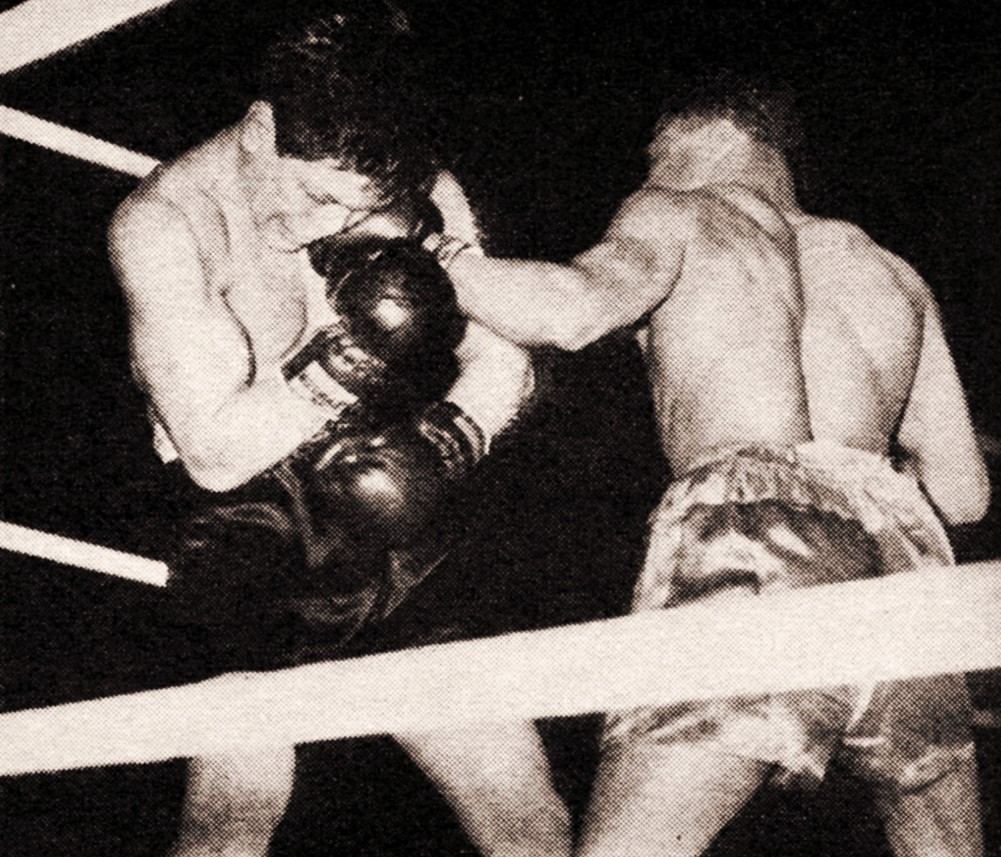
5. Lew Jenkins, TKO 7, March 1, 1940: After Lou Ambers took the lightweight championship from Armstrong, hard-hitting counter-puncher Lew Jenkins stunned everyone by obliterating Ambers in just three rounds. The non-title showdown between Jenkins and Armstrong in front of 23,000 fans at the open-air Polo Grounds in New York was one of the most anticipated of Armstrong’s career. To everyone’s astonishment, Armstrong dropped Jenkins seven times in six rounds and the referee stopped the fight after a delirious Jenkins fell off his stool.
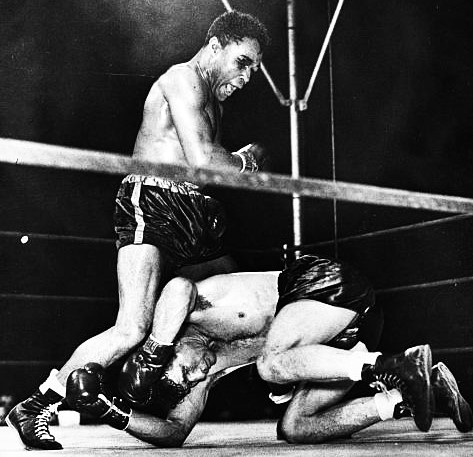
4. Baby Arizmendi, W 10, August 4, 1936: After losing two decisions to Arizmendi that he felt should have gone his way, Armstrong was seething for a third go at the Mexican slugger. Chapter three in an all-time great rivalry went down in front of nearly 11,000 fans at L.A.’s Wrigley Field as Armstrong established himself as the top contender in the featherweight division by outslugging his rival from start to finish. “Double barreled destruction vomited in the Baby’s face sixty seconds of every minute and every minute of every round,” reported The Los Angeles Examiner. Featherweight champ Petey Sarron sat pale as a ghost at ringside and was heard to mutter, “I’m glad I’m not in there with Armstrong tonight.”
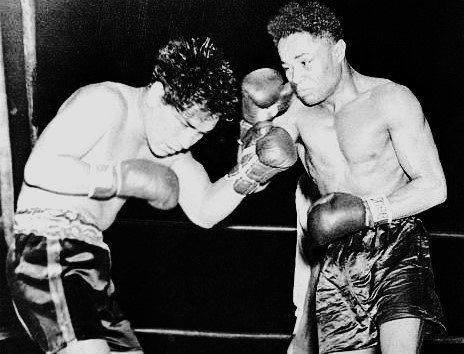
3. Petey Sarron, KO 6, October 29, 1937: A little less than fifteen months after his first win over Arizmendi, Armstrong challenged lightning-quick and rugged Hall of Famer Sarron for the featherweight championship of the world. Most expected Sarron to carefully box the feared “Hurricane Henry,” but he surprised everyone by outworking Armstrong in the early rounds. Badly trailing by the sixth, Armstrong unleashed a fuselade of blows “with the suddenness of a cobra striking its prey,” and Sarron was counted out on his knees. It was the only knockout loss of Sarron’s 135-fight career. Henry Armstrong had won his first world championship.
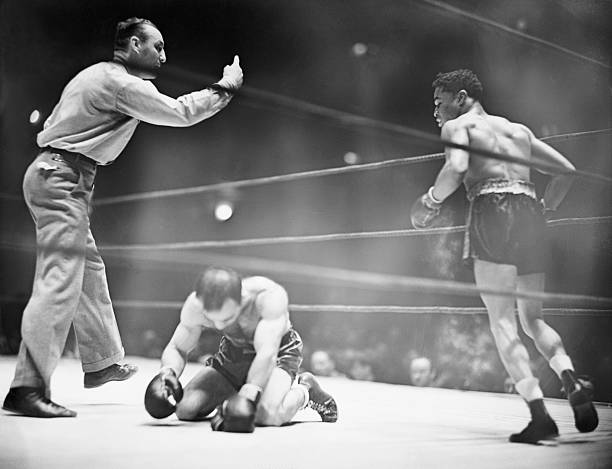
2. Lou Ambers, W 15, August 17, 1938: Three titles in three divisions at the same time. It’s the first thing anyone learns about Henry Armstrong. His defining accomplishment came against the skilled and rugged lightweight champion Ambers in Madison Square Garden in one boxing history’s most vicious wars. His mouth severely cut early, Henry spit out his mouthpiece and spent several rounds swallowing his own blood to keep the fight from being stopped. Fighting like “a perfect little demon,” he dropped Ambers twice in a back-and-forth war and won a unanimous decision in The Ring’s Fight of the Year. Years later, Henry still remembered it as the hardest fight of his career. Even so, it wasn’t truly his best performance.
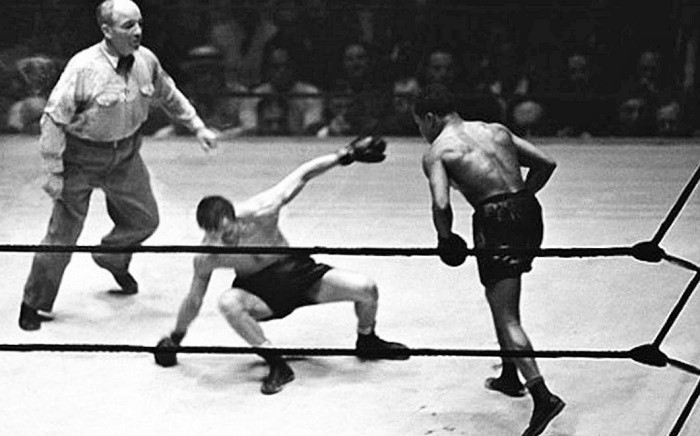
1. Barney Ross, W 15, May 31, 1938: Featherweight champion Armstrong was hurdling up two full weight classes to take on welterweight champion Barney Ross; it was unprecedented. And Ross was no typical champion. A skilled, quick, and tough-as-nails competitor, he had shared the ring with legends, was a multi-division champ, and was considered by many to be the best boxer in the sport. It didn’t matter. Despite a noticeable size disadvantage, a prime Henry Armstrong unrelentingly battered Ross from corner to corner of the Madison Square Garden Bowl ring for fifteen straight rounds. Though he made it to the finish line, Ross “looked like one who had been crushed by a threshing machine,” wrote Nat Fleischer.
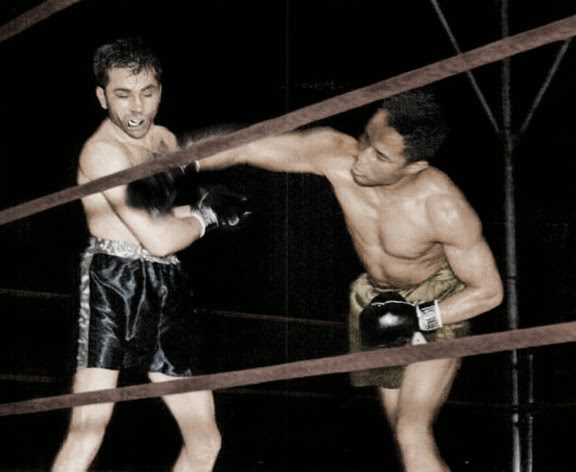
Some will say Ross was an old, worn-out fighter when Henry got to him, and it was true he he’d had many hard scraps against some of the very best of all-time, but Armstrong was in fact the older man (Henry claimed 1912 as his birthdate, but he was born in 1909), had engaged in more pro fights than Ross, and Henry always fought hard. So, if anyone should have been affected by age and activity, it should have been “Homicide Hank.” The facts are, Ross was younger (even if only by a few days), had less miles on him, and had every physical advantage. More to the point, Ross was a 7-to-5 betting favorite going into the fight. If Barney appeared ruined after facing Armstrong, it was only in hindsight. “You’re the greatest,” Ross told Henry after the final bell. After such an astonishing performance, no one could disagree.
–Kenneth Bridgham

